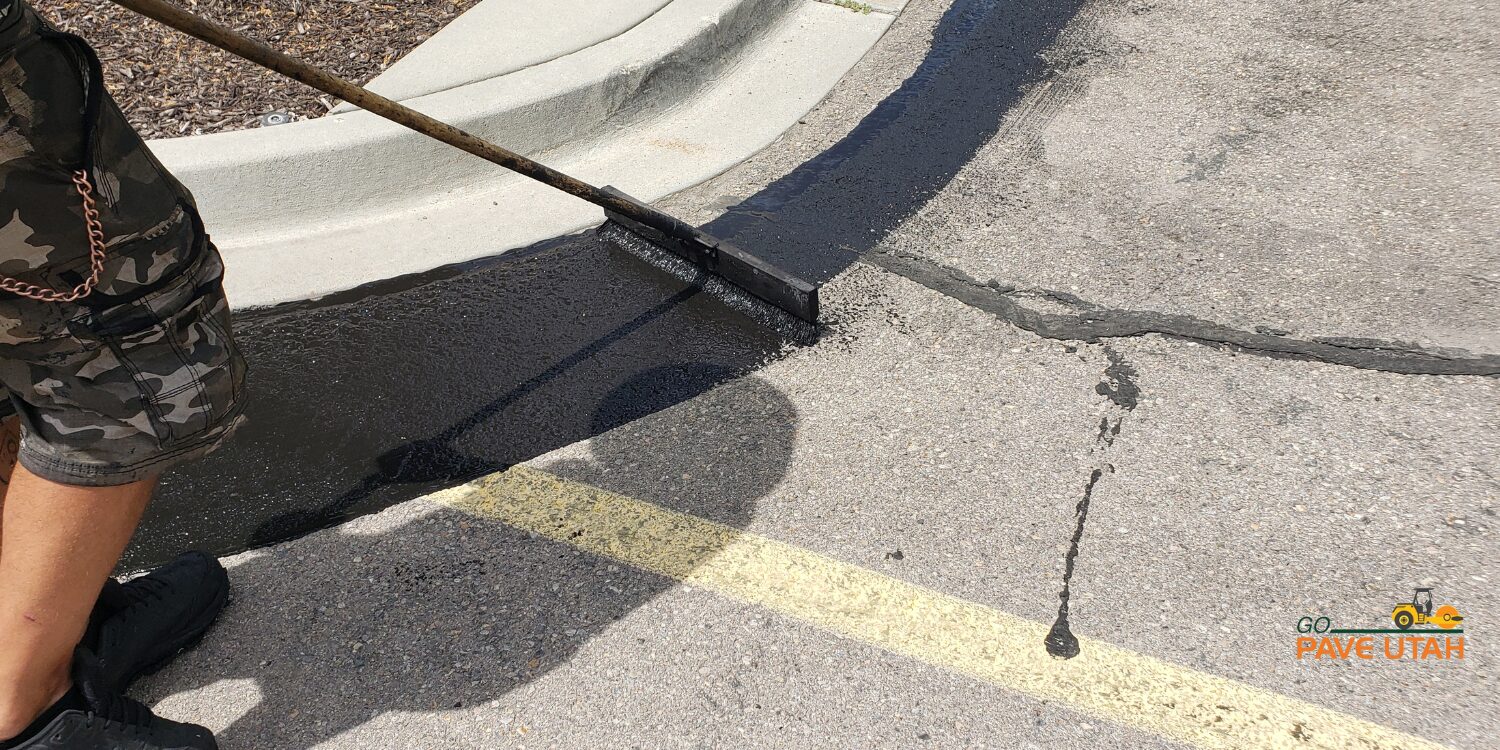Raise Sidewalk Performance: Cold Mix Asphalt Sealing Tactics
Raise Sidewalk Performance: Cold Mix Asphalt Sealing Tactics
Blog Article
Cold Mix Asphalt Vs. Hot Mix Asphalt: Which Is Right for You?

Composition Differences
Cold mix asphalt is generated by emulsifying the asphalt binder with water and an emulsifying representative prior to blending it with accumulation. The warm mix asphalt production procedure entails heating the accumulation and asphalt binder independently before combining them at the asphalt plant.
Additionally, cool mix asphalt tends to be much less dense and more flexible than hot mix asphalt. This flexibility makes it far better suited for areas with higher levels of activity, such as driveways or roadways with hefty website traffic. In comparison, warm mix asphalt is understood for its high sturdiness and resistance to rutting and cracking, making it a preferred option for highways and high-traffic roadways where longevity is essential.
Installment Process Differences
The procedure of installing cold mix and hot mix asphalt exhibits notable differences in their treatments and demands. In contrast, warm mix asphalt requires a much more fancy installment process. Due to the heating requirements, hot mix asphalt setups are normally brought out by specialists with customized tools, guaranteeing an extra structurally sound and permanent outcome.
Durability and Longevity Elements
When considering asphalt options, longevity and longevity are essential factors to evaluate for lasting sidewalk performance,. Warm mix asphalt (HMA) is understood for its exceptional toughness and longevity. The heats during the laying and blending procedure permit better compaction, leading to a denser and stronger sidewalk framework. This results in HMA being a lot more immune to hefty web traffic tons, extreme climate condition, and the impacts of maturing compared to chilly mix asphalt (CMA)
In terms of durability, HMA usually surpasses CMA as a result of its premium strength and resistance residential properties. HMA sidewalks have a longer life span, needing less constant repair work and upkeep, which can equate to cost financial savings over time. In addition, HMA sidewalks are more conveniently personalized to fulfill details task requirements, better enhancing their longevity.
Expense Factors To Consider
Taking into consideration the financial effects is an essential facet when examining the option between hot mix asphalt (HMA) and cold mix asphalt (CMA) for sidewalk tasks. While the preliminary expense of warm mix asphalt is normally greater than that of cool mix asphalt, HMA frequently gives a much more cost-efficient service in the long run due to its exceptional sturdiness and durability.
In enhancement to material expenses, it's crucial to think about the expenses connected with installation and maintenance when comparing HMA and CMA. Inevitably, the choice in between HMA and CMA should take right into account not simply the preliminary expense but likewise the lasting financial ramifications to identify the most economical option for the specific pavement project.
Environmental Effect Contrast
Comparison of the environmental influences between warm mix asphalt (HMA) and chilly mix asphalt (CMA) discloses distinct distinctions in sustainability techniques. HMA more info here manufacturing needs high temperature levels, leading to boosted energy usage and greenhouse gas emissions.
Additionally, the usage of CMA typically entails recycling existing asphalt sidewalk, advertising source preservation and minimizing the amount of waste sent to garbage dumps. By choosing for CMA over HMA, roadway building jobs can add favorably to environmental conservation efforts.
Conclusion
Finally, the selection between cold mix asphalt (CMA) and warm mix asphalt (HMA) relies on various variables such as composition, installment process, resilience, long life, expense, and environmental effect. angle parking. While CMA uses a affordable and quick service for minor repair work, HMA makes sure superior resilience and long life for rush hour areas. Consider these variables very carefully to figure out which kind of asphalt is the best Website selection for your paving needs

Taking into consideration the economic implications is a crucial element when evaluating the selection between warm mix asphalt (HMA) and chilly mix asphalt (CMA) for sidewalk jobs. While the preliminary price of hot mix asphalt is normally higher than that of chilly mix asphalt, HMA frequently offers a much more cost-effective option in the long run due to its superior toughness and long life. asphalt patch repair.Contrast of the environmental impacts in between warm mix asphalt (HMA) and cool mix browse around here asphalt (CMA) reveals unique distinctions in sustainability methods.In final thought, the selection in between cool mix asphalt (CMA) and hot mix asphalt (HMA) depends on different elements such as structure, installation procedure, durability, long life, price, and ecological effect
Report this page